Partner(s) Isabella "Belle" Kerr Children 3 | Criminal status Executed Name Buck Ruxton Killed 2 | |
 | ||
Full Name Buktyar Rustomji Ratanji Hakim Victims Isabella KerrMary Jane Rogerson Died May 12, 1936, Manchester, United Kingdom | ||
Date apprehended October 13, 1935 Criminal charge Two counts of murder Criminal penalty Capital punishment Similar Roger Casement,John Amery, George Chapman (murderer) | ||
Fresh bait buck ruxton
Dr. Buck Ruxton (21 March 1899 – 12 May 1936) was an Indian-born British physician convicted and subsequently hanged for the September 1935 murders of his common-law wife, Isabella Ruxton (née Kerr), and the family housemaid, Mary Jane Rogerson, at his home in Lancaster, England. These murders are generically known as the Bodies Under the Bridge, whereas Ruxton became known as The Savage Surgeon.
Contents
- Fresh bait buck ruxton
- Leith band agnes dr buck ruxton
- Early life
- Relocation to Britain
- Establishment of medical practice
- Accusations of adultery
- Murders
- Discovery
- Autopsies
- Lancaster connection
- Identification
- Arrest
- Trial
- Conviction
- Appeal
- Aftermath
- Media
- References
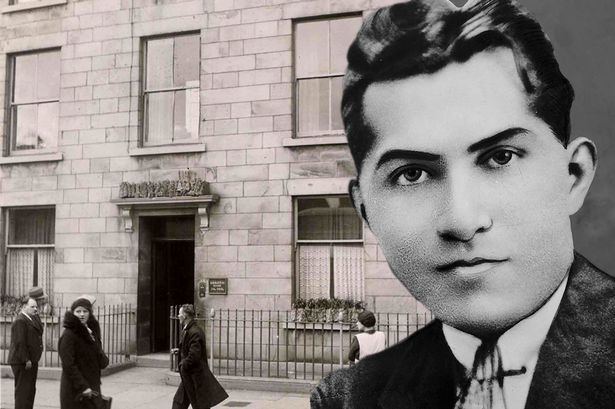
The murders of Isabella Ruxton and Mary Jane Rogerson became known as the "Bodies Under the Bridge" due to the actual location where the bodies were found in the Southern Uplands of Scotland, whereas Ruxton himself became known as "The Savage Surgeon" due to his occupation, and the extensive mutilation he inflicted upon his victims' bodies.
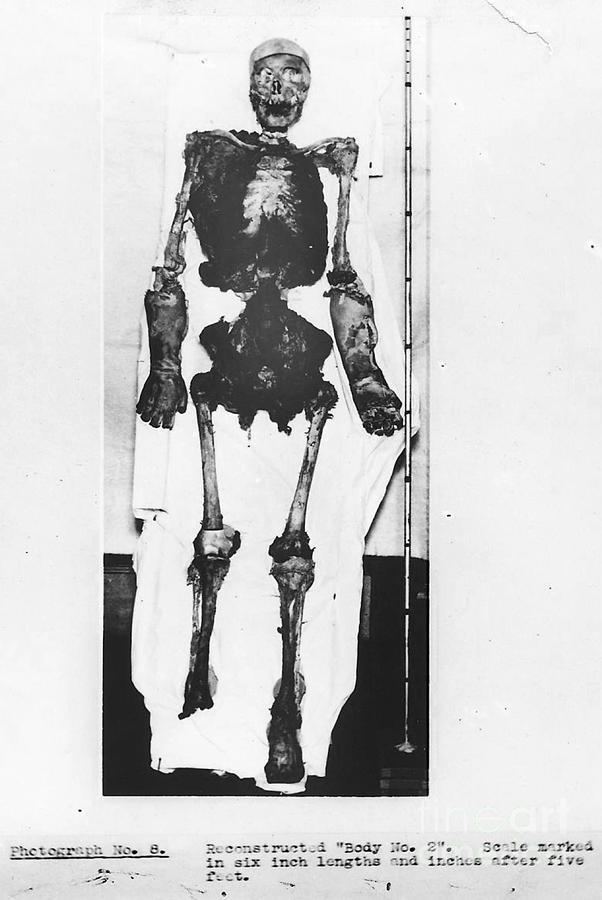
The case of the "Bodies Under the Bridge" was one of the United Kingdom's most publicised murders of the 1930s. The case is primarily remembered for the innovative forensic techniques employed to both identify the victims, and to prove their murders had been committed at the Ruxton household.
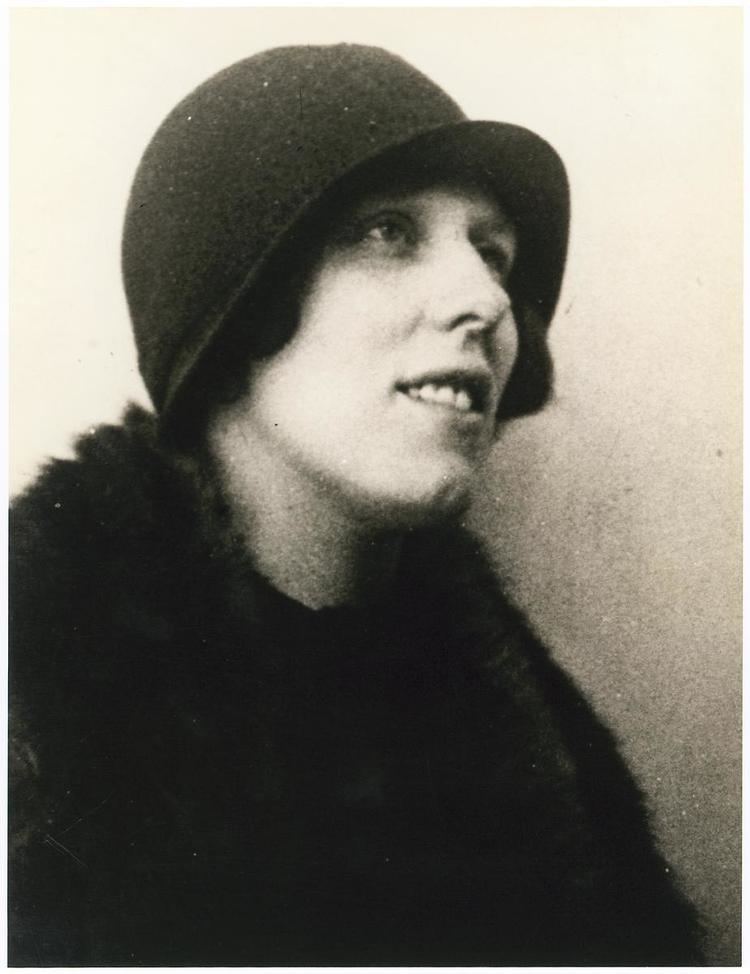
Leith band agnes dr buck ruxton
Early life
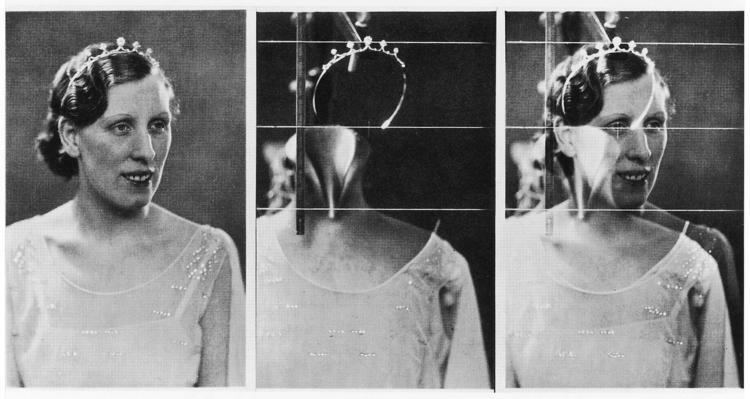
Buck Ruxton was born Bukhtyar Chompa Rustomji Ratanji Hakim in Bombay, India on 21 March 1899. He was born into a wealthy middle-class Parsi family of Indian French origin.
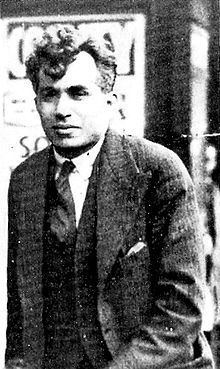
Ruxton received a respectable upbringing, and despite being a sensitive youth with few friends, he was highly intelligent. By his teenage years, he had resolved to seek a career in medicine. With the financial support of his parents, he studied at the University of Bombay, where he qualified as a Bachelor of Medicine in 1922. The following year, he qualified as a Bachelor of Surgery at the same institute. Shortly after completing his studies, Ruxton obtained employment at a Bombay hospital, where he specialized in medicine, midwifery, and gynaecology. He would later gain employment with the Indian Medical Service, for which he would be deployed to Basra and, later, Baghdad.
Relocation to Britain
With financial assistance from his family and the Bombay Medical Service, Ruxton relocated to Britain in 1926. He attended medical courses at London's University College Hospital under the name of Dr. Gabriel Hakim, before moving to Edinburgh in 1927 to study to become obtain a Fellowship of the Royal Colleges of Surgeons. Although Ruxton did fail his entrance examination, the General Medical Council authorised his practising medicine in the United Kingdom on the strength of the qualifications he had earlier obtained in Bombay. Shortly thereafter, he legally changed his name via deed poll to "Buck Ruxton".
While studying to become a Fellow of the Royal Colleges of Surgeons in Edinburgh, Ruxton became acquainted with a 26-year-old woman named Isabella van Ess, who managed a café in the city. At the time of their acquaintance, Isabella was still married to a Dutchman, but this marriage had only lasted a matter of weeks, and she had resumed using her maiden name of Kerr. The two began courting, and when Ruxton relocated to England in 1928 to work as a locum to a London doctor, he was in the company of Isabella. The following year, Isabella gave birth to the couple's first child, a daughter named Elizabeth.
Establishment of medical practice
In 1930, the Ruxtons relocated to Lancaster, Lancashire, where he established a medical practice at his family home at 2 Dalton Square. Ruxton quickly acquired a reputation among his patients as a diligent and compassionate general physician who was well respected and popular within the community. He is known to have waived his treatment fees on several occasions when he felt his patients could not afford to pay them. The following year, a second daughter, Diane, was born. Two years later, in 1933, Isabella gave birth to a son named William. The same year, the Ruxtons employed a young maid named and live-in housekeeper named Mary Jane Rogerson, primarily to care for their children.
Accusations of adultery
Despite his esteemed reputation within the Lancaster community, the relationship between Buck and Isabella Ruxton was fraught, and he became increasingly suspicious of Isabella's alleged infidelity; reportedly exploding into fits of rage or bouts of tearful hysteria behind closed doors. On several occasions, these arguments would prompt Isabella to pack her belongings and return to Edinburgh with her children, although inevitable phone calls from Ruxton in which he would tearfully plead with Isabella to return to Lancaster would prompt her to return to her husband.
It is unknown just when Ruxton began to accuse Isabella of adultery, and to have begun assaulting his wife, although loud quarrels between the couple due to Ruxton's jealousy and hysteria had resulted in police interventions on several occasions. Furthermore, Isabella is known to have attempted suicide by inert gas asphyxiation in 1932, and this suicide attempt had resulted in her suffering a miscarriage.
On one occasion in 1933, Isabella had complained to police that her husband had begun beating her; when police had visited Ruxton's practice to investigate her claims, Ruxton denied he had assaulted his wife, but alleged Isabella had been unfaithful to him. Nonetheless, within 24 hours of this incident, Isabella had returned to her husband. On another occasion in April 1934, a Lancaster policeman had been called to the Ruxton household following another quarrel. Upon his arrival, the officer was informed by Ruxton: "Sergeant, I feel like murdering two persons - my wife is going out to meet a man."
In early September 1935, Isabella Ruxton travelled to Edinburgh to visit one of her sisters. In her company were a prominent Lancaster family named Edmondson, with whom the Ruxtons were closely acquainted. To tend to the needs of his practice, Ruxton himself did not accompany his common-law wife on this trip, and thus remained in Lancaster. He would later confess to investigators that he had been convinced Isabella had been conducting an affair with Robert Edmondson—an assistant editor in the local Town Hall—and had used this trip to visit her sister as a means for the pair to continue their affair. (Hotel records would later confirm each adult had booked into separate rooms while they had stayed in Edinburgh.)
Murders
On the evening of 14 September 1935, Isabella Ruxton left the family home to view the Blackpool Illuminations and visit two of her sisters (who both lived close to Blackpool). She left Blackpool to return home at approximately 11:30 p.m. Upon her return to Dalton Square in the early hours of Sunday 15 September, Ruxton's jealousy and paranoia apparently overwhelmed him, and he most likely strangled Isabella into either submissiveness, unconsciousness, or to death with his bare hands, before beating and stabbing her body. To prevent their housemaid from either discovering his crime, or because she had witnessed the act, Ruxton extensively bludgeoned and either strangled or asphyxiated Mary Jane Rogerson; he likely also stabbed her body either before or after death. The amount of blood subsequently discovered on the stairs, walls, and carpeting of the Ruxton household indicates a likely excessiveness of blood flow prior to the bodies' mutilation, leaving a possibility of Ruxton initially stabbing either or both of the victims to death.
Ruxton informed the two charwomen he and Isabella employed not to come to his premises until Monday 16 September, then proceeded to extensively dismember and mutilate both bodies in the bathroom of his home in an obvious effort to hide their identities. He then drove his children to the home of a Morecambe dentist with whom he and Isabella had formed a close friendship and asked the couple to look after his children for the day. The couple noted one of Ruxton's hands was bandaged. When the couple questioned him as to how he had acquired the wound, Ruxton claimed to have cut his hand while opening a tin of fruit for his children's breakfast that morning.
Discovery
On the morning of 29 September 1935, a young woman named Susan Johnson glanced over the parapet of a bridge located 2 miles (3 km) north of the town of Moffat in Dumfriesshire. Upon the banks of the stream—named Gardenholme Linn—which ran beneath the bridge, Johnson noted a bundle wrapped in fabric which had lodged against a boulder, with a partially decomposed human arm protruding from the package.
Police from the Dumfriesshire Constabulary were called to the scene. Discovering the remains within the package were indeed human, officers searched the stream and surrounding ravines, discovering two human heads, and four further bundles each containing extensively mutilated human remains including thigh bones, legs, sections of flesh, and a human torso and pelvis. These human remains were in an advanced state of decomposition, and had been wrapped in bedsheets, a pillow-case, children's clothing, and several newspapers (two editions of the Daily Herald dated 6 and 31 August 1935, an edition of the Sunday Graphic dated 15 September 1935, and undated portions of the Sunday Chronicle).
On 1 October, the remains were examined at Moffat mortuary by an eminent forensic scientist named Professor John Glaister Jr., and a doctor named Gilbert Millar. Both men determined the 70 separate sections of human remains thus far discovered were those of two females of notably different heights and ages, and that the mutilation conducted upon the remains had been committed by an individual with extensive anatomical knowledge in an obvious effort to complicate the identification of the remains. In addition to the extensive mutilation across both victims' entire bodies, which both Professor Glaister and Dr. Millar deduced had been entirely committed with a surgical knife as opposed to either a saw or an axe, the murderer had removed the eyes, ears, skin, lips, and several teeth from both heads to make identification via dental records or composite drawings impossible, with additional attention being devoted to areas of the body where possible distinguishing features such as operational scars or vaccinations may have been visible. The perpetrator had also removed the fingertips from the sole set of hands initially discovered, and had completely pared all flesh from the legs of one victim. Professor Glaister also noted in his autopsy reports that had the perpetrator thrown the remains into the nearby River Annan as opposed to the tributary river Linn (which had been swollen with heavy rains at the time), the bundles would likely have flowed into the Solway Firth and thus likely never have been discovered.
Autopsies
The two bodies were transported to the Anatomy Department of the University of Edinburgh, where they were first treated with ether to prevent further decomposition and destroy all maggot infestation, then preserved in a formalin solution before being reconstructed prior to both Professor Glaister and Professor Sydney Smith conducting their formal autopsies. A further bundle containing human remains was discovered shortly after the two bodies had been transported to the University of Edinburgh; this bundle contained two human forearms, with hands attached. The fingerprints had not been obliterated from the sole pair of hands found with the remains, and as such, investigators were able to obtain a complete set of fingerprints. He further concluded the mutilation of the two bodies would have taken approximately eight hours to complete.
In order to approximate the time of death of the victims, Dumfriesshire police requested the assistance of a Glasgow-based forensic expert named Dr. Alexander Mearns, who studied the life cycle of the pupae upon the dismembered remains in order to approximate a time of death of both victims. From his examination of the pupae found upon both sets of remains, Dr. Mearns conclusively determined that both victims had been murdered in mid-September.
From the skull sutures on both bodies, Professors Glaister and Smith were able to determine that one of the bodies was that of a woman aged about aged 30 to 55 and likely aged between 35 and 45, whereas the second body was that of a woman aged between 18 and 25 and likely aged between 20 and 21 at the time of her murder. In reference to the cause of death of the victims, the older woman had five stab wounds to the chest, several broken bones, and numerous bruises. In addition, her lungs were remarkably congested, and her hyoid bone had been broken, indicating she had been strangled before the other injuries had been inflicted. The limbs and head of the second victim bore signs of excessive blunt force trauma, indicating she had been extensively bludgeoned with an unknown instrument.
Lancaster connection
One of the editions of the Sunday Graphic in which the remains had been wrapped had been a souvenir edition of the newspaper which had been printed and circulated solely in the Morecambe and Lancaster area of England on 15 September, strongly suggesting the two victims and/or their murderer lived in North West England. As such, Inspector Jeremiah Lynch of Scotland Yard—who had been called in to assist the investigation at the request of the Chief Constable of Dumfries—focused his efforts on recent missing persons reports filed within this section of England on or shortly after 15 September. In addition, the fact several sections of the victims' remains had been discovered several hundred yards downstream on the banks of the Gardenholme Linn suggested a date on or prior to 19 September as to when the remains had been thrown into the stream, as that had been the final date of heavy rainfall in the area and thus when the flow of water stream had been much greater than at the time of the victims' discovery. Furthermore, sections of the clothing in which the dismembered remains had been found were also distinctive, with unique factors such as repair patches beneath armpits upon a blouse, and knots used to tie a pair of distinctive child's rompers, suggesting either or both of the victims may have borne children in her lifetime.
Identification
Five days before the discovery of the bodies, Ruxton had visited Lancaster police, claiming his wife had "once again" deserted him; he had earlier visited the Morecambe household of the parents of the family maid, Mary Jane Rogerson, claiming their daughter had become pregnant and that his wife had discreetly taken her away from his home to arrange an abortion. As abortions were then-illegal in Britain, Ruxton had urged the Rogersons not to contact the police. Nonetheless, they had done so, and as such, Morecambe police had a recently filed missing persons report on one Mary Jane Rogerson (Ruxton himself would not visit Lancaster police to report his wife and maid as missing until 4 October). On 9 October, Scottish police visited the Rogerson household and asked Mary Jane's parents if they were able to identify any sections of clothing in which the bodies had been wrapped: Mrs. Rogerson immediately recognized a blouse with distinct patchwork repair beneath one armpit as having belonged to her daughter, whom they had last seen on Saturday 14 September. Mrs. Rogerson was unable to identify the pair of child's rompers shown to her, but suggested the police should show the garment to a friend of hers named Edith Holme, who lived in Grange-over-Sands and with whom Isabella, Mary Jane and the Ruxton children had briefly lodged earlier that year on a brief vacation to Morecambe Bay. When Mrs. Holme saw the rompers, she immediately recognized them as a pair she had bought for one of the Ruxton children.
Conversing with his Lancashire counterpart, the Chief Constable of Dumfriesshire discovered that Mary Jane's employer, Dr. Ruxton, had reported his wife missing the previous month, and that the final confirmed sightings of Isabella alive by anyone other than Dr. Ruxton himself had been on the evening of 14 September, when she had left her two sisters in Blackpool to return to her Lancaster home, having travelled to the seaside resort to view the Blackpool Illuminations.
The same day police identified several items of the clothing used to wrap the dismembered remains, Dr. Ruxton again visited the Lancaster police station; on this occasion, he burst into tears, complaining that local rumours had begun to circulate regarding the discoveries of the human remains in Scotland as being those of his wife and maid, and that these rumours were detrimental to both his medical practice, and his general reputation. He then demanded police search his house to quash these rumours, and implored them to locate his wife. Although Ruxton was placated by officers before being driven home, by this stage, he was considered the prime suspect in the murders by all law enforcement personnel thus far involved in the investigation. Lancaster police had by this stage spoken to one of the Ruxtons' two charladies, a Mrs. Agnes Oxley, who confirmed to officers that on 15 September, Dr. Ruxton had arrived at her home and informed her that it was unnecessary for her to work at his premises until the following day, and that when she had arrived at 2 Dalton Square the following day, the house had been in a general state of shambles, with carpets removed, a pile of burned fabric-like material in the garden, and the bathtub extensively stained with a yellowish discolouration. Furthermore, Dr. Ruxton had specifically requested she clean the bathtub that day.
Conversing with the Ruxtons' neighbours, Lancaster police also discovered that Ruxton had asked a middle-aged couple to extensively clean his house in preparation for redecoration, with the explanation he was unable to do so himself as he had badly cut his hand opening a tin of fruit several days earlier. He had also given this couple several stained carpets and a suit with the explanation they could keep them if they washed them.
Arrest
On the evening of 12 October, Ruxton was arrested by Lancaster police and extensively questioned throughout the night. When asked to account for his whereabouts between 14 and 29 September, Ruxton produced a handwritten document entitled 'My Movements', which he then passed to investigators. In this interview, Ruxton denied he had ever been to Scotland following his establishing his Lancaster practice. However, he was unable to explain just why his car registration number had been logged by a young cyclist whom he had knocked over in the Cumbrian town of Kendal on 17 September, which had led to his vehicle being intercepted in nearby Milnthorpe the same day, as the cyclist had reported his registration number—which he had logged in his pocketbook—to police when he had failed to stop at the scene of the accident. Lancaster police suggested to Ruxton this incident was strong circumstantial evidence the incident had occurred as he had been driving en route to Lancaster from Moffat—which he denied. He was further unable to explain just why a police search of his home the previous day had revealed extensive traces of bloodstains on the stairs, railings, balustrade, and various carpets within the property despite evidence of the house being extensively cleaned, and also traces of human fat and body tissue within the drains of the property, with much of this material recovered within the section of the drains leading from the bathroom.
Throughout the several hours of questioning, Lancaster police repeatedly conversed with their Scottish counterparts. In the early hours of 13 October, the fingerprints upon the second set of human hands discovered were found to be a match for fingerprints upon items Mary Jane Rogerson had habitually handled at Dalton Square. Upon hearing this identification, Ruxton was formally charged with the murder of Mary Jane Rogerson at 7:20 a.m. that morning. Upon hearing the recitation of the charge, Ruxton stated: "Most emphatically not! Of course not! The farthest thing from my mind! What motive and why? What are you talking about?"
On 5 November, he was further charged with the murder of his wife, whose remains remains were positively identified using the then-fledgling technique of forensic anthropology, in which an X-ray of a victim's skull was superimposed with a photograph taken of Isabella Ruxton in life.
Trial
On 2 March 1936, the trial of Buck Ruxton opened at Manchester's High Court of Justice. He was tried before Mr. Justice Singleton for the murder of Isabella Ruxton, and chose to enter a formal plea of not guilty to the charge of murder on this date. Following this formal plea, a jury was empanelled and sworn to duty.
The prosecutors at Ruxton's trial, Joseph Cooksey Jackson K.C., David Maxwell Fyfe K.C., and Hartley Shawcross contended Isabella Ruxton had been murdered and dismembered by Ruxton in the family household, and that he had then discarded her body in the Gardenholme Linn stream in the Southern Uplands of Scotland.
In his opening speech to the jury, Joseph Cooksey Jackson stated to the jury: "It does not need much imagination to suggest what probably happened in that house. It is very probable that Mary Jane Rogerson was a witness to the murder of Mrs. Ruxton, and that is why she met her death. You will hear that Mrs. Ruxton had received before her death violent blows in the face and that she was strangled. The suggestion of the prosecution is that her death and that of the girl Mary took place outside these rooms on the landing at the top of the staircase outside the maid's bedroom, because from that point down the staircase right into the bathroom there are trails of enormous quantities of blood. I suggest that when she went up to bed a violent quarrel took place; that he strangled his wife, and that Mary Jane Rogerson caught him in the act and had to die also. Mary's skull was fractured: she had some blows on the top of her head which would render her unconscious, and then was killed by some other means, probably a knife."
Ruxton's defence counsel, Norman Birkett K.C. (assisted by Philip Kershaw K.C.), based their defence upon the misidentification of the bodies, whom they claimed were not those of Isabella Ruxton and Mary Jane Rogerson, but of two other unknown individuals, and that, as such, the evidence presented to the jury was flawed. Although both defence counsels subjected the numerous medical and forensic experts whom the prosecution introduced as witnesses to intense cross-examination in an effort to challenge their findings, each prosecution witness remained steadfast as to his conclusions regarding the identification of the victims.
The sole witness to testify on behalf of the defence was Buck Ruxton himself, who—upon the suggestion of his defence counsel—testified in his own defence on the ninth day of the trial. Overall, he conducted himself poorly on the stand, being prone to bouts of hysterical sobbing, claiming that he had last seen his wife when she had taken Mary Jane Rogerson to Edinburgh to discreetly arrange an abortion for her, and that if the identification of the bodies was correct, his "happy home" was now in tatters. He ardently denied the testimony of various prosecution witnesses, whom he frequently accused of lying. He frequently gave rambling, contradictory accounts of his own behaviour and actions prior to his arrest when questioned by both his own defence counsel, and when subjected to cross-examination by the prosecution.
In accordance with British legal tradition, Norman Birkett, having called his client to the stand, had entitled himself to make his closing argument of behalf of the defence after the prosecution address as opposed to before the prosecution. In his closing argument delivered on 13 March 1936, Birkett reiterated the defence's case that although the victims were indeed two women who had been murdered, the remains were not those of Isabella Ruxton and Mary Jane Rogerson, and that the Crown's allegations they were, and that the motive for Isabella's death had been Ruxton's suspicions of infidelity were collectively mere cases of conjecture. Birkett further emphasized that some of the testimony had given a possibility the bodies may have been those of Ruxton's wife and family maid, but that not only had this conclusion been drawn in part from circumstantial evidence such as that from an individual who had approximated the date of the victims by estimating the age of the maggots and pupae upon their remains, but that this evidence still did not prove Ruxton had been their murderer. Birkett then added that in any British murder trial, the emphasis is not upon the defence to prove innocence, but the Crown to prove guilt.
Conviction
Following closing arguments delivered by both counsels, the jury retired to consider their verdict on the 11th day of the trial; they would deliberate for just over one hour before returning a verdict of guilty against Ruxton. Consequently, Mr. Justice Singleton sentenced Ruxton to death. When asked by Judge Singleton if he had anything to say in response to the verdict and sentence, Ruxton responded by stating, "I am very sorry", before politely informing the court of his intentions to appeal the verdict.
Appeal
Ruxton did file an appeal against his conviction. In this appeal, Ruxton contended that in the judge's final instructions delivered to the jury before they retired to consider their verdict, the jury had been urged to consider prosecution testimony pertaining to bloodstains upon a particular garment introduced as evidence, contrary to conceded testimony earlier delivered by a prosecution witness that the blood upon the garment introduced as evidence may have originated from innocent sources. Furthermore, the appeal stated that a forensic examination of his vehicle—contended by the prosecution to have been the vehicle used to transport the bodies—had revealed no traces of either mud or blood. This appeal was heard at the Court of Criminal Appeal by then-Lord Chief Justice Lord Hewart, Mr. Justice du Parq, and Mr. Justice Goddard on 27 April 1936. The appeal was dismissed as being "insufficient as to even remotely suggesting" any form of misdirection on the part of the judge at [Ruxton's] trial on 27 April.
Despite a petition from Lancaster residents urging clemency for Ruxton having collected over 10,000 signatures, Buck Ruxton was hanged at HM Prison Manchester on the morning of 12 May 1936.
